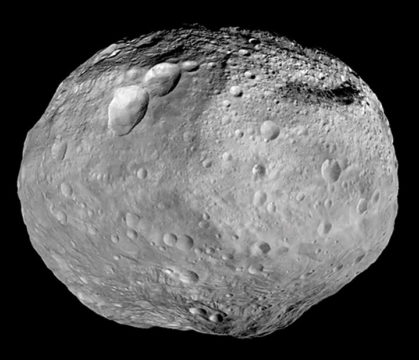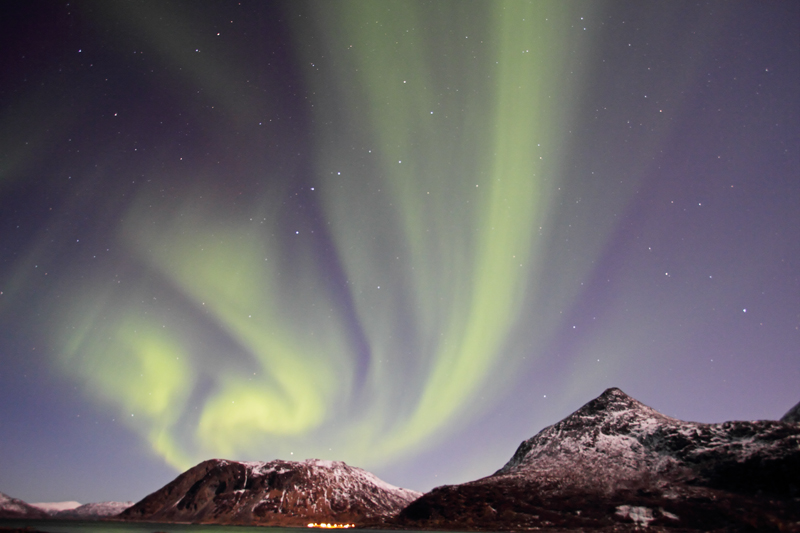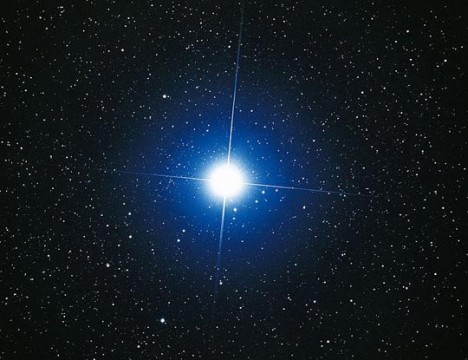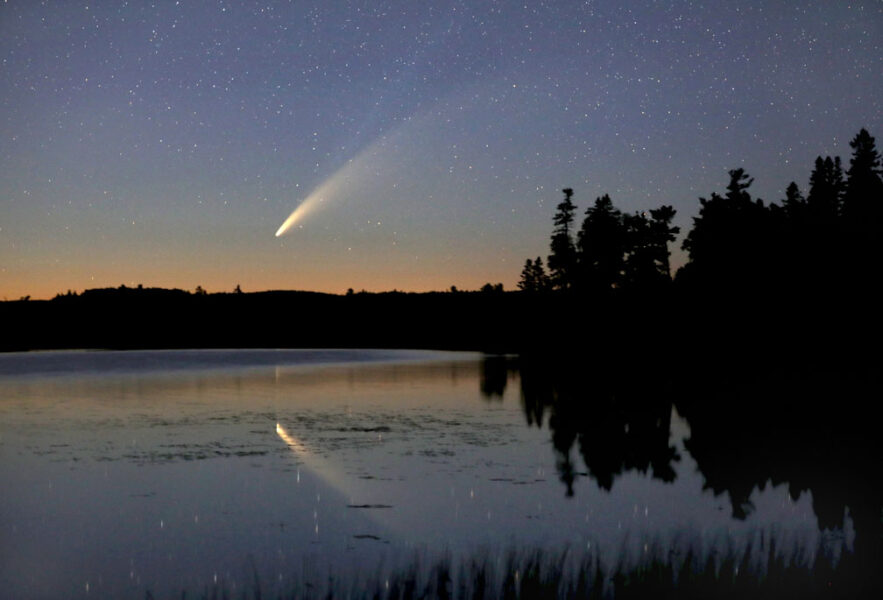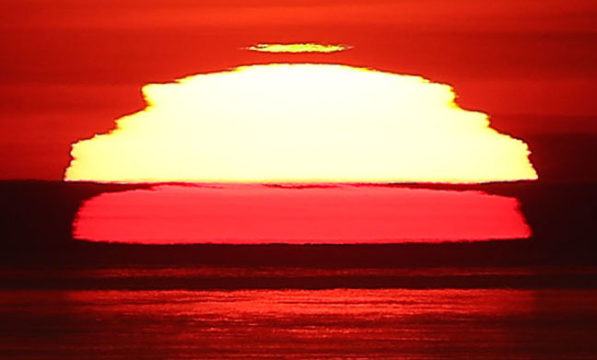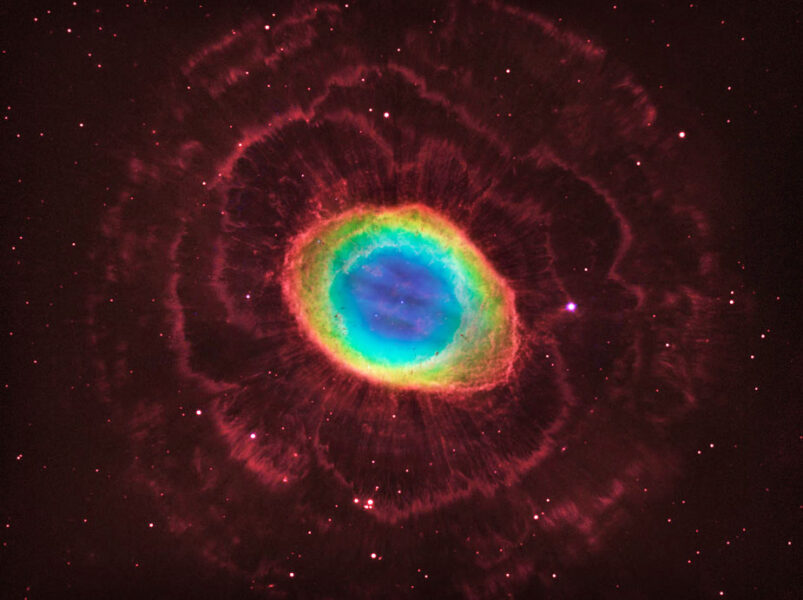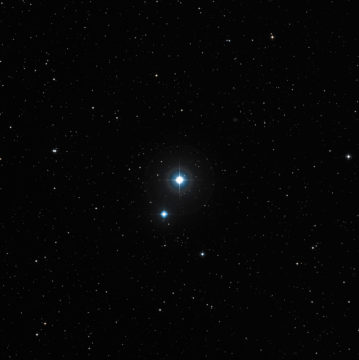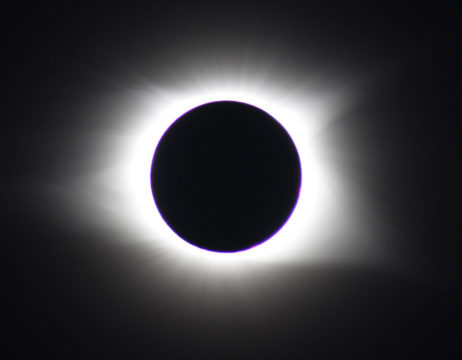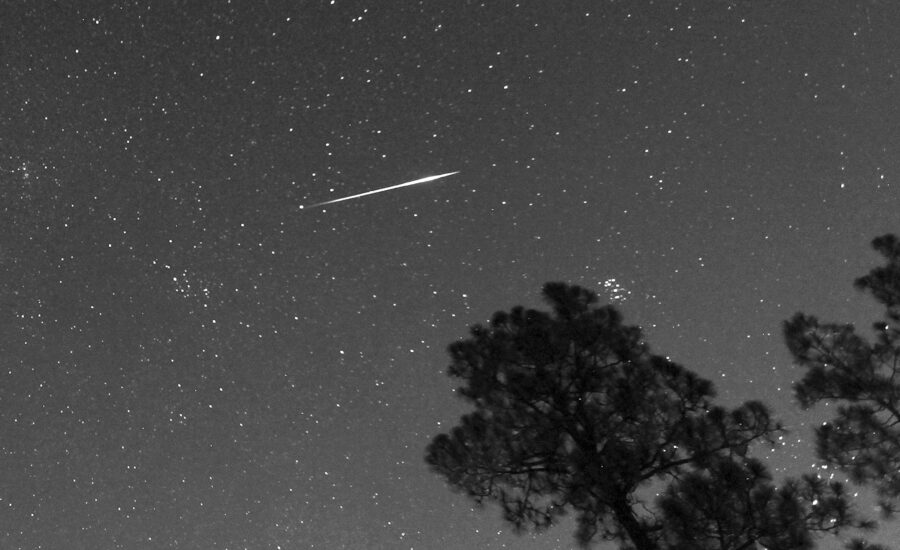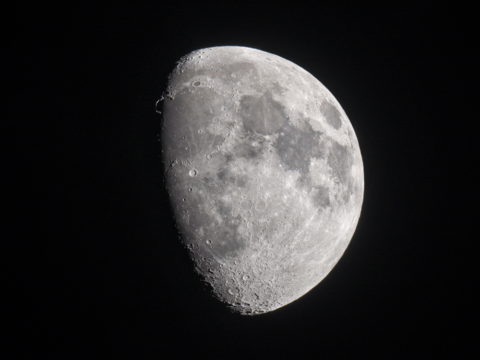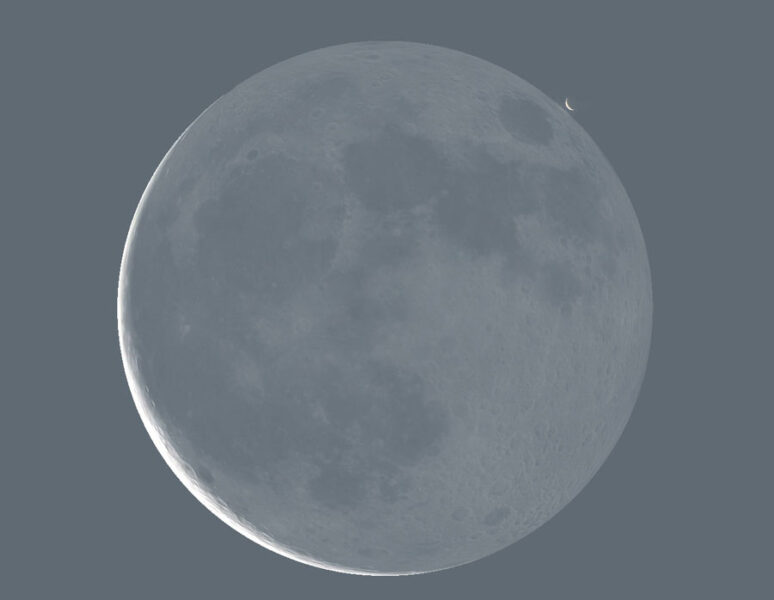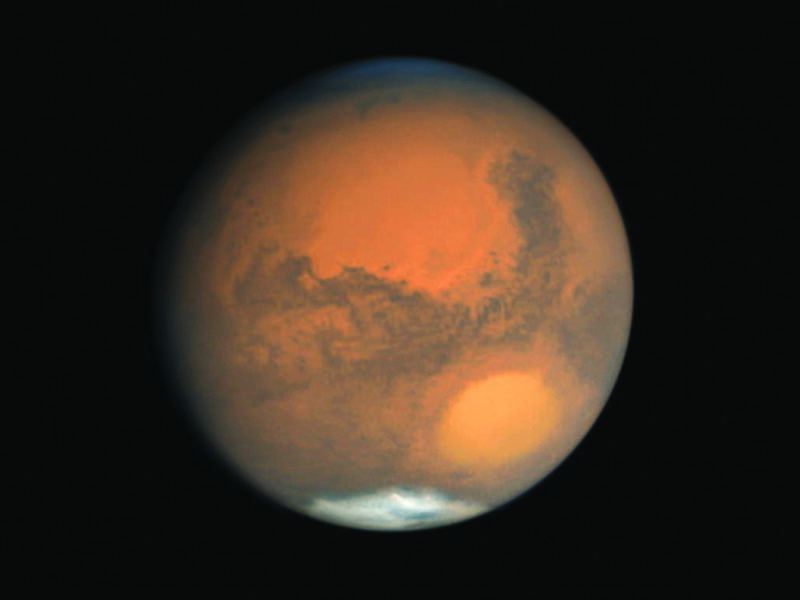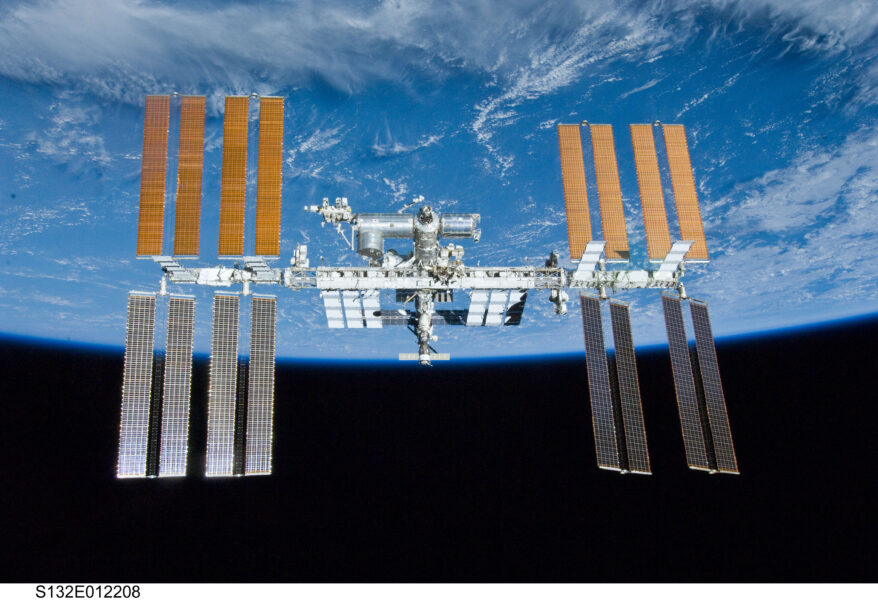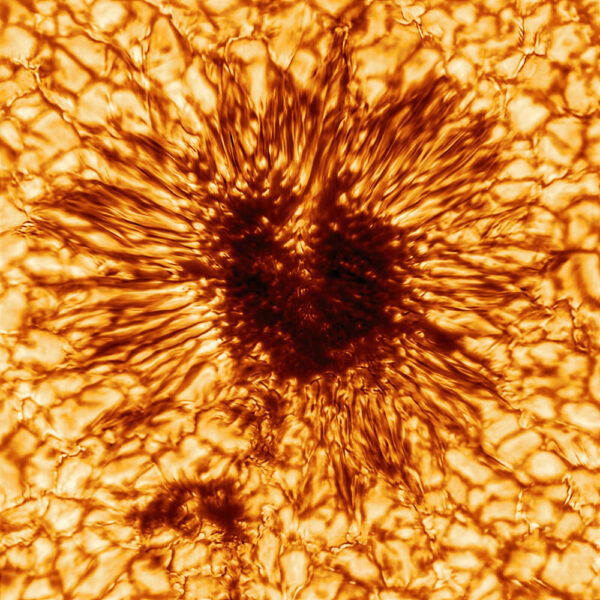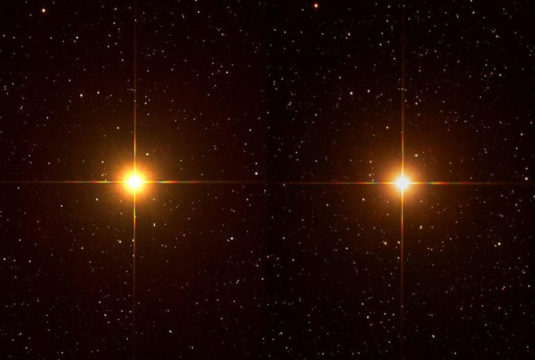Here, you will find observing guides to different types of celestial objects in the night sky. Learn of near-Earth objects, tour distant Messier objects, and find useful tips for observing everything from Jupiter’s moons to distant galaxies.
These observing guides look at celestial objects visible throughout the year, as well as those visible only during a particular season or even a single day (such as eclipses and occultations).
15 Types of Celestial Objects to Observe
Asteroids
Find facts, tips, and techniques for observing asteroids — learn where to spot Ceres and Vesta, two of the largest asteroids, or find out how to join in larger asteroid-search campaigns and share in the excitement of finding these roving space rocks.
Auroras
Learn when and where to spot the northern (or southern) lights. Get photography tips and go behind the scenes with these celestial objects — find out how the Sun's particles rain down on our atmosphere to form these waving curtains of color.
Meet the Stars
The stars can help you find your way around the night sky — and they’re fascinating objects in themselves too.
Comets
Though showstoppers are rare (Comet Hale-Bopp won't return for another 2,500 years), comets worth watching appear regularly in our skies. Check here for guides and fun tips that you can use to observe comets of all sorts.
Daylight Phenomena
Not a night owl? There's plenty of celestial objects to be seen while the Sun is still up...or setting. Learn how to catch the green flash (with some luck on your side) or spot other daylight phenomena like the Belt of Venus.
Deep Sky
Finding your way around deep space can be daunting. But from stellar clusters in our galaxy to "island universes" millions of light-years away, we'll show you where and how to point your scope to find deep-sky fuzzies.
Double Stars
Every double-star system has a wonder to reveal, whether it be beautifully contrasting colors or the close orbits that will test the limits of your eyesight. Find here the most rewarding binaries to observe.
Eclipses
Solar and lunar eclipses are one of nature's most spectacular sights. Learn what to look for at each stage of an eclipse, undertake observing and photography projects, and learn safe-viewing practices of these celestial objects.
Meteors
Get advice from our experts on observing the next great meteor shower, whether you'll be lying on the grass for a Perseids show or snow-suiting up to see the Geminids despite the winter chill.
The Moon
We offer an array of guides and tips for observing our nearest celestial neighbor. Locate famous seas, mountains, craters, and Apollo landing sites. We’ll even help you glimpse the far side of the moon ... well the nine percent you can see on Earth from time to time.
Occultations
The moon often blocks, or occults, stars from our view. Learn when these occultations are going to occur and find out how your own observations may provide valuable scientific data, which may further map the luminous landscape hundreds of thousands of miles away.
Planets
Here you’ll find observing guides for the other planets orbiting the Sun, from bright Venus and red Mars to kingly Jupiter and elegant Saturn. Our interactive tools can help you find which planets or moons are visible tonight. And our guides will help you spot features when you nab the planets in your telescope.
Space Satellites
Find out how to spot the International Space Station, the easiest and most dazzling space satellite you can find, then learn about the challenge of catching "iridium flares," the sunlight that glints off of Iridium communications spacecraft.
Sun
Our star is a marvelous orb of seething hot gas. It periodically grows sunspots, “cooler” regions where the magnetic field has become tangled and knotted. Tendrils of plasma called prominences unfurl from the solar limb into space. Observe all the solar phenomena safely with our tips.
Variable Stars
For more than a century, amateur astronomers have helped scientists monitor variable stars, collecting nearly all the brightness data on record for hundreds of these stars. Join the fun with our guides and updates.
